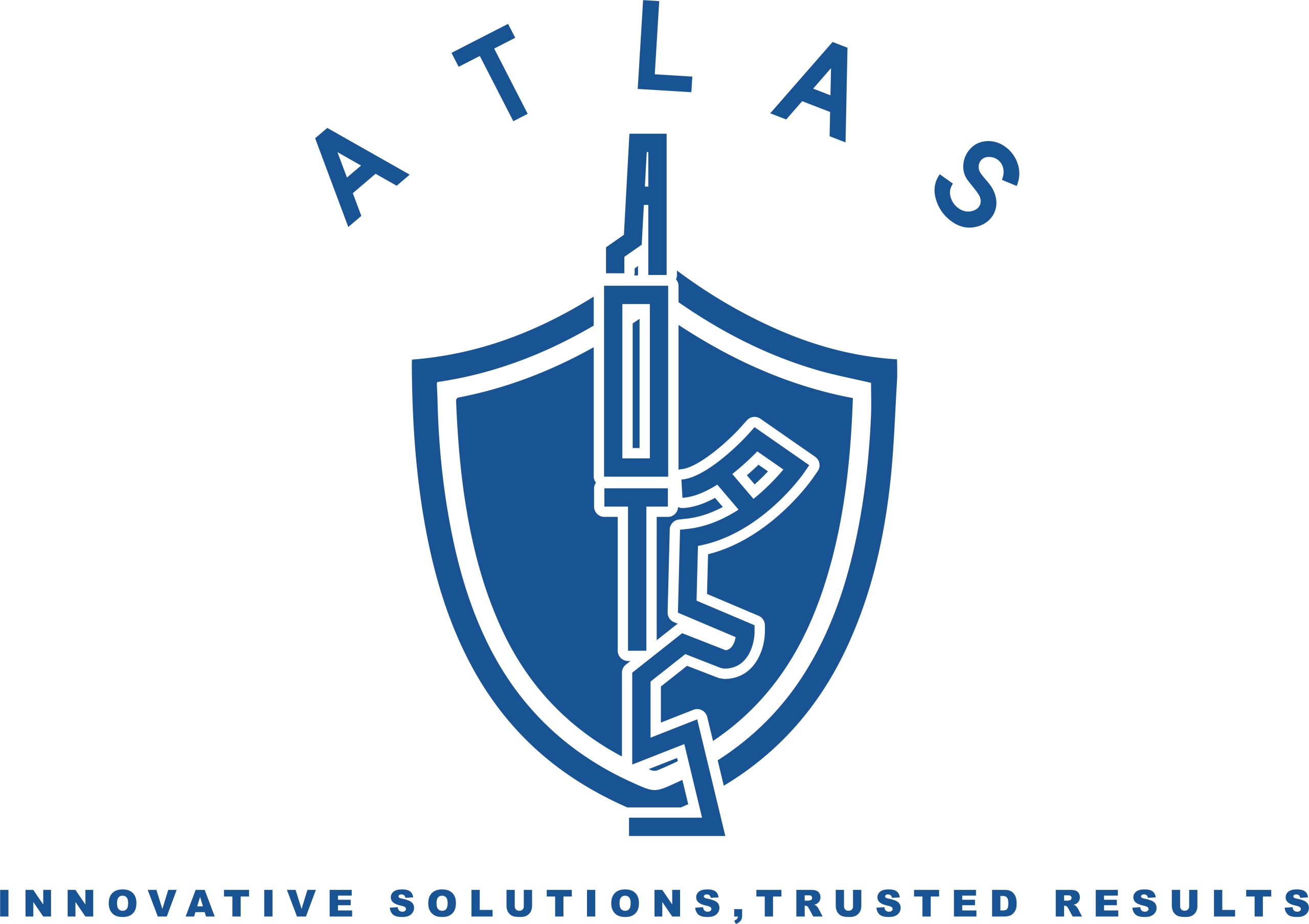Introduction
On March 4, 2025, the Congressional Research Service (CRS) updated its report titled U.S. Navy “Constellation” Class (FFG-62) Frigate Program: Background and Issues for Congress. The report highlights that the U.S. Navy began procuring the FFG-62 class frigates in fiscal year 2020, with six ships procured by the end of fiscal year 2024. This article summarizes the key points from the report, addressing the basic details of the frigate program and outlining the challenges and risks currently facing it.
Project Background
In July 2017, the U.S. Navy announced the FFG(X) Frigate Program as part of its Department of Defense request for information (RFI). The FFG(X) stands for “Guided Missile Frigate, Specific Design Pending,” and its lead ship was designated FFG-62. Subsequently, the program was renamed to the FFG-62 Project, and on October 7, 2020, the U.S. Navy announced that the lead ship would be named USS Constellation (FFG-62), marking the official name for the class.
Operational Capabilities
The Constellation class frigate is designed as a multi-role small surface combatant, capable of performing air defense, anti-surface warfare, anti-submarine warfare, and electronic warfare missions. The ship is equipped with the Enterprise Air Surveillance Radar (EASR), Aegis Baseline 10 (BL10) Combat System, MK41 Vertical Launch System (VLS), advanced communication systems, countermeasures, and enhanced electronic warfare/information warfare capabilities. The design also incorporates flexibility for future upgrades, allowing for the integration of additional capabilities.
The Constellation class is intended for operations in both deep-ocean and littoral zones, capable of operating independently or in coordination with larger naval formations, depending on mission requirements.
Design
The Constellation class is based on the European Multi-Role Frigate (FREMM) design, utilizing a parent-ship design methodology to reduce the time and cost associated with design and construction. This method also minimizes technical risks during construction. However, the design has undergone multiple modifications to meet U.S. Navy specifications, with the final version being only 15% similar to the FREMM design. This divergence from the original design has led to questions about the project’s ability to fully capitalize on the benefits of the parent-ship design approach.
Additionally, the U.S. Navy has decided not to incorporate new technologies or systems for the Constellation class. Instead, it will use proven technologies and systems that are already in use or under development in other programs. This approach aims to reduce costs, mitigate technical risks, and speed up delivery.
Procurement Quantity and Progress
As of fiscal year 2025, the U.S. Navy has procured six Constellation class frigates. According to the Congressional Budget Office (CBO), the Navy plans to acquire 81 frigates in total, including 24 Constellation class frigates by 2035 (not including the six currently under construction). Afterward, the Navy will transition to procuring an improved version, known as the Flight II Constellation class, with plans to acquire 57 of these upgraded ships.
Annual Procurement Plan
The following table outlines the projected and actual annual procurement numbers for the Constellation class frigate program:
Note: The annual procurement figures are based on the Navy’s long-term shipbuilding plan presented to Congress in December 2020.
Procurement Cost
The estimated procurement cost for each Constellation class frigate ranges between $1.1 billion and $1.2 billion. The lead ship’s procurement cost is expected to be $1.3867 billion (approximately $1.4 billion), which is higher than the cost of subsequent ships due to it being at the peak of the project’s production learning curve. Additionally, the lead ship’s cost includes a significant portion of the “detailed design/non-recurring engineering” (DD/NRE) costs, a common practice in the U.S. Navy’s budgeting for new ship classes.
Procurement Strategy
Shipyard Participation
Initially, the plan was to have a single shipyard construct the Constellation class frigates. However, U.S. Navy officials have indicated that a second shipyard may be introduced at some point, particularly if the annual procurement volume exceeds two ships. The Navy’s 2025 “Thirty-Year Shipbuilding Plan” notes that once the FFG-62 project’s design and technical data package are mature and risks are reduced, a second shipyard may be brought in to help build the frigates.
Contract Awards
Four industrial teams competed for the Constellation class frigate project. On April 30, 2020, the U.S. Navy awarded the contract to Fincantieri Marinette Marine (FMM), a subsidiary of Italy’s Fincantieri Group, based in Marinette, Wisconsin. FMM received a “fixed-price-incentive” contract for detailed design and construction (DD&C) of up to 10 ships, including the lead ship and nine additional frigates.
Other competing industrial teams included Austal USA in Mobile, Alabama; General Dynamics/Bath Iron Works in Bath, Maine; and Huntington Ingalls Industries / Ingalls Shipbuilding in Pascagoula, Mississippi.
The U.S. Navy can choose to re-compete the contract for the construction of the 10th ship or convert it into a long-term procurement contract to reduce costs and ensure stable production.
Homeport and Deployment
The lead ship, USS Constellation (FFG-62), will be stationed at Naval Station Everett in the Pacific Northwest. The base will accommodate 12 ships of the Constellation class, and decisions regarding the homeporting of subsequent ships will be made in the future.
Challenges and Issues
The delivery of the first frigate has faced multiple delays. In January 2024, it was reported that the ship’s delivery would be delayed by one year due to labor shortages at FMM Shipyard. In March 2024, the U.S. Navy updated the delivery schedule, pushing the date for the first ship’s delivery to December 2027, a 15-month delay from the originally expected date of September 2026. The delivery dates for subsequent ships remain under review.
Conclusion
The Constellation class frigate program is a critical part of the U.S. Navy’s modernization efforts, aiming to enhance its capabilities in multi-role operations. However, the program faces several challenges, including design changes, procurement delays, and labor shortages at shipyards. These issues may impact the Navy’s ability to meet its long-term goals for fleet expansion. Continued oversight and adaptation of strategies will be crucial for the success of the program.


